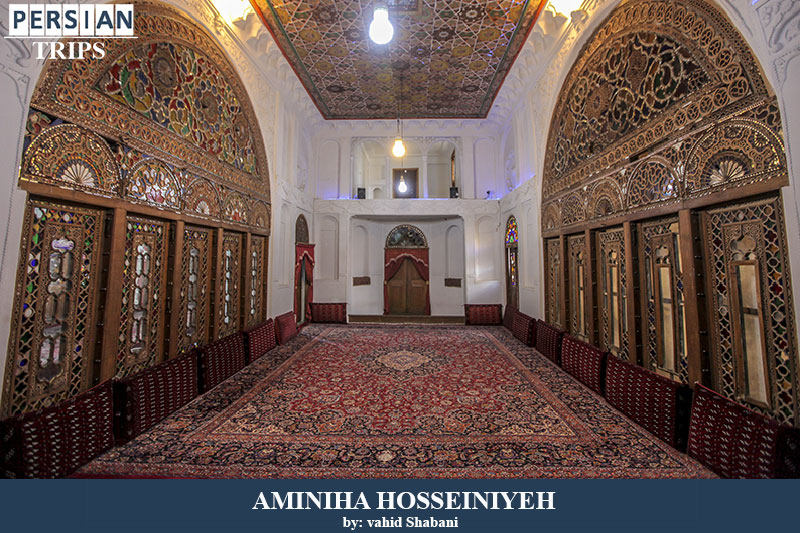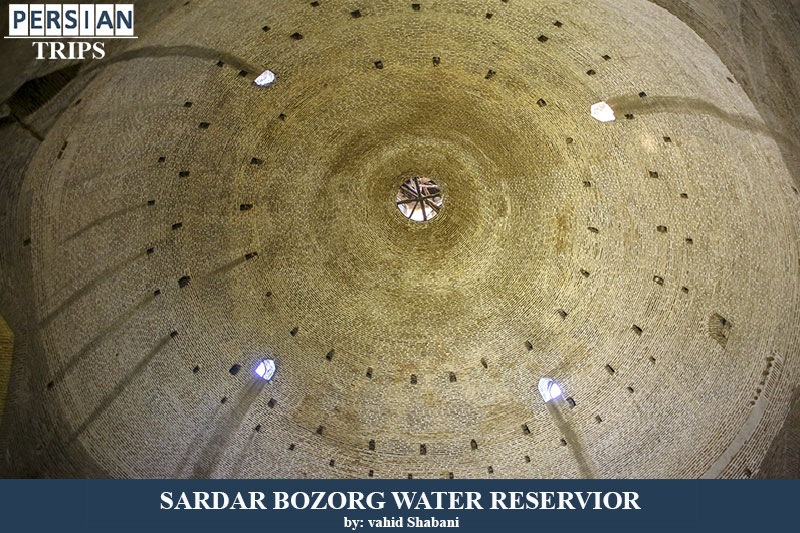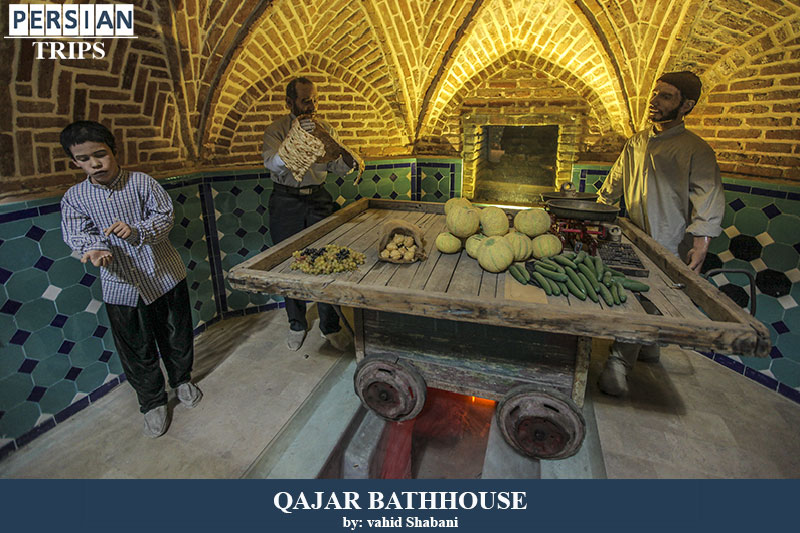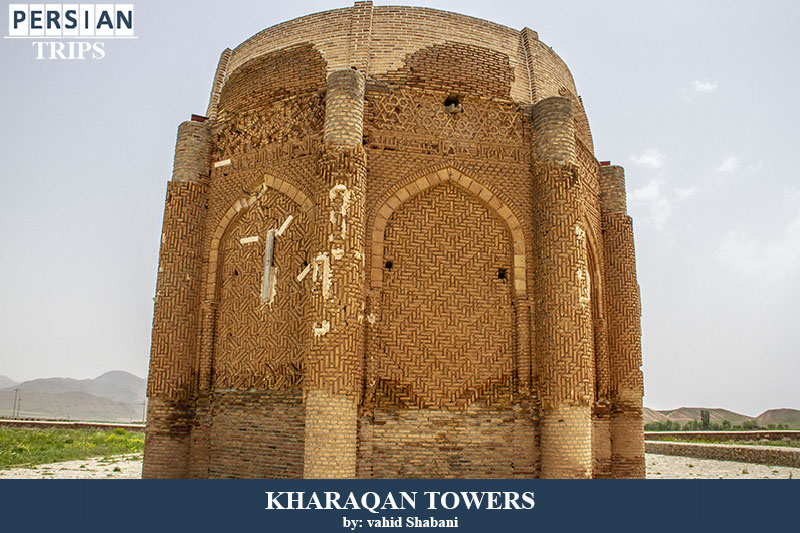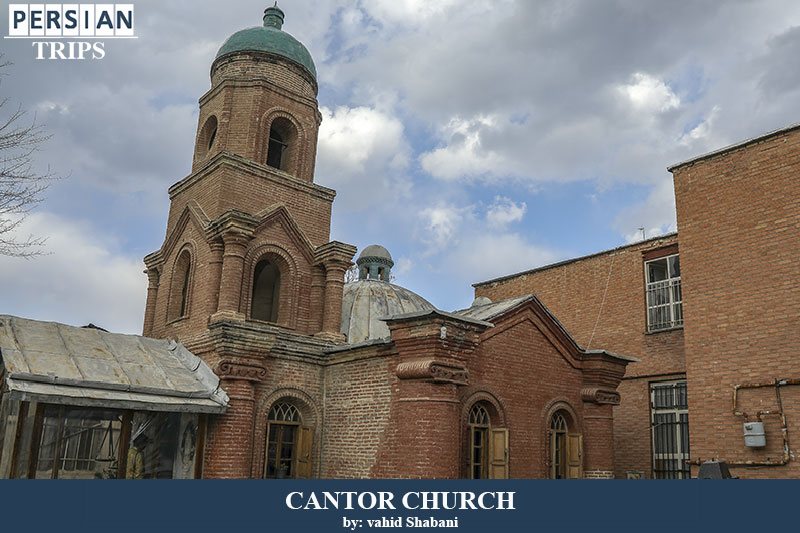Ovan Lake

Everyone knows Alamut with its famous castle. But Alamut has a blue gem that is placed in a green ring. A unique gem that shines in all seasons of the year and attracts many visitors. This unique gem is called Ovan Lake. To see this unique lake, you have to travel 75 km from Qazvin and go to Avan lake on Alamut road.
Let's go and see what beauties are waiting for us.
How was Lake Evan formed and what is its nature?
This lake has an area of about 7 hectares and its deepest part is 7 meters. Geologists believe that the lake must have been formed by a landslide 600 years ago. But how is the water inside it supplied? No river flows into Ovan, and many small springs on the bottom of the lake provide its water. Sometimes, the water of the lake overflows and irrigates the surrounding lands by creating very small streams.Their nature is infinitely beautiful. Migratory birds and resident in the lake to various stout trees and diverse wildlife. Trees such as cherry, willow, pear, apple, elder, hazelnut, plantain, etc. adorn the green space around the lake. But the wildlife of Ovan Lake is full of animals and birds that add to the attractiveness of the environment. Eagles, pelicans, boars, turtles, hawks, partridges, cuckoos, foxes, ducks, swans, geese, crabs, woodpeckers, etc, are only part of this nature.
Other attractions of Ovan Lake:
Nature is not their Ovan only attraction; In the hot seasons, you can enjoy your trip by swimming and boating. Also, in the winter when the surface of the lake freezes, we offer you ice skating. But Ovan Lake has another surprise for you; Those who are interested in fishing in different seasons of the year can experience a hearty meal by catching all kinds of fish.
Ovan lake and its green nature shines like a bright gem in Qazvin province.











